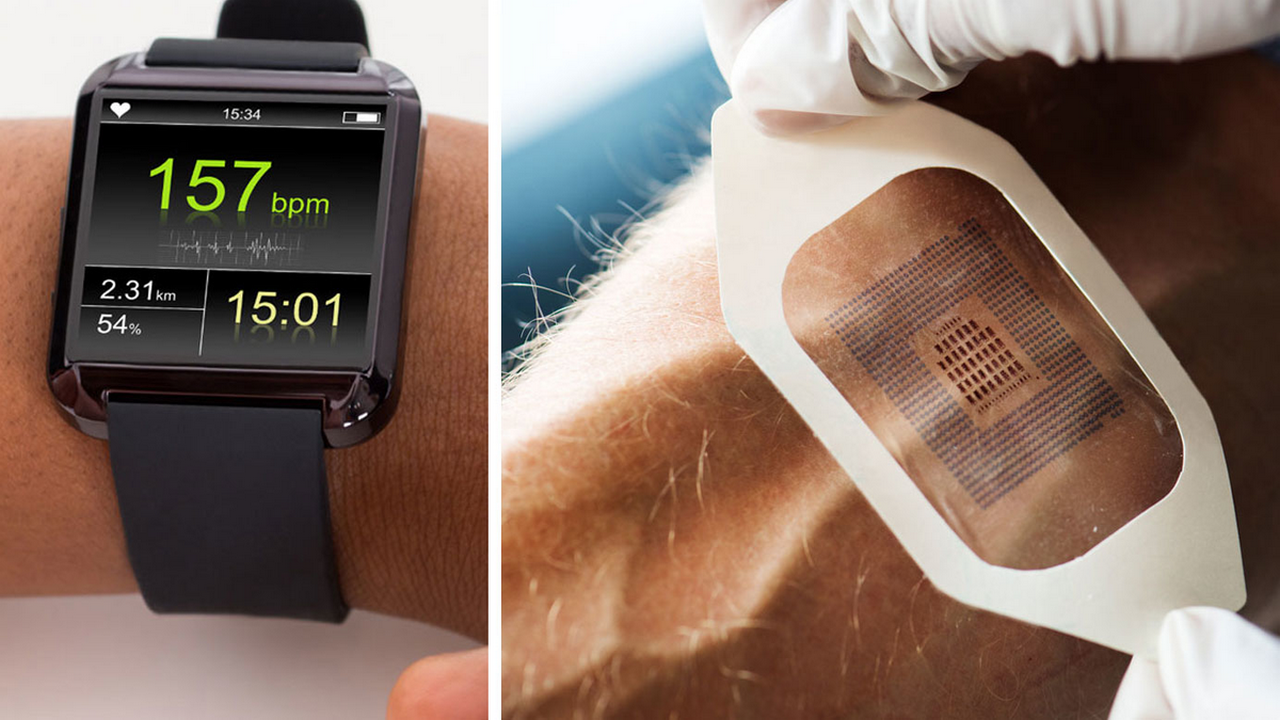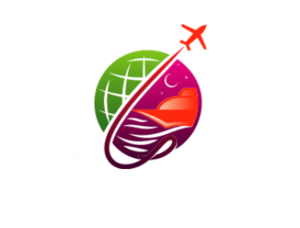Remote patient monitoring systems have helped cut down on the number of occasions certain people have to go to the doctor, or at the very best, minimize the treatment. It has the potential to improve disease control and home healthcare efficiency and effectiveness. When this is paired with an automated appointment confirmation system, it helps physicians monitor health and prescription non-adherence more effectively.
Remote Patient Monitoring

Remote patient monitoring, or RPM, is a type of healthcare provision that uses cutting-edge digital devices to track patient information beyond conventional hospital environments. The Health Harmony Remote diagnostic imaging system, which looks a lot like the phones and tablets that are so common today among people of all ages, including the elderly, truly optimizes technology in a way that helps patients feel comfortable managing the personal wellbeing.
Patient care is moving from an in-clinic, serialized, responsive care model to something constant and responsive, with a mix of in-clinic and remote care as healthcare, moves from a fee-for-service to a real worth treatment program. RPM is a powerful tool for ensuring that all people experience the high-quality, long-term treatment they need.
This comfort helps increase their level of involvement, and through increased care, remote patient monitoring can actually boost quality care. Patients are encouraged to interact according to their well-being because of the convenience of standard RPM designs better. However, physicians are often better prepared to consider and handle their patients’ health situations because of the continuous quantity of information that offers a much better overview of their wellbeing.
Limitations of Remote Patient Monitoring

On the one side, remote monitoring necessitates an initial budgetary investment. Not only would the control system necessitate financial expenditure, but it could also necessitate the hiring of new staff. Fortunately, the price of remote care delivery is decreasing. Some organizations that produce medical devices are making more applications and various types of remote patient controls, so healthcare providers have various choices with varying prices on the market currently.
When introducing RPM, having reliable internet access should be a must, making it hard for minor public hospitals and those in remote or underdeveloped countries. Financial concerns are frequently a factor in many of these services and in metropolitan areas that are otherwise well-served but are under financial strain. Therefore, it is far from being the reach of everyone at the moment.
Ultimately, RPM is not a substitute for actual clinical tracking. Contrary to popular opinion, RPM refers to the compilation of formulaic information. This implies that even an RPM system, whether functional or not, sends information to a different facility at specified periods, cycles, or when certain situations happen. It can be troubling since major medical incidents can slip between the gaps throughout periods where the individual has not been controlled adequately.
A person who has a severe illness during one of the many periods is on their own before another information-gathering period. Therefore, remote care is not the only solution to effective healthcare and requires an automated appointment confirmation system that will also assist individuals and encourage them to not miss their upcoming appointments. A combination of regular appointments with remote patient monitoring is still acceptable.
